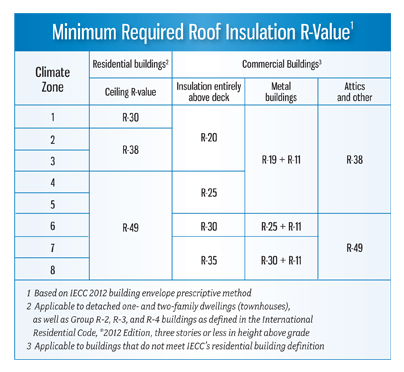MINIMUM ROOF INSULATION & ENERGY CODE
Energy conservation and the enforcement of the energy codes have created new challenges for defining the insulation package required for a roof system. At issue are two options that roof system designers can use to specify the insulation package for the project. A Minimum R-value or an Average R-value to comply with IECC or local energy code. While these two different standards may sound similar, they can actually be very different.
 For commercial buildings, the IECC 2012 version generally requires higher minimum levels of roof insulation, potentially causing additional design modifications. For instance, when replacing a roof system to accommodate an R-value increase of 1″-2″ in thickness to meet code requirements, it may subsequently require raising rooftop equipment, pipe penetrations, roof drains, scuppers or parapet walls to maintain appropriate flashing heights.
For commercial buildings, the IECC 2012 version generally requires higher minimum levels of roof insulation, potentially causing additional design modifications. For instance, when replacing a roof system to accommodate an R-value increase of 1″-2″ in thickness to meet code requirements, it may subsequently require raising rooftop equipment, pipe penetrations, roof drains, scuppers or parapet walls to maintain appropriate flashing heights.
On a new roof, it is sometimes difficult to interpret if the average R-value or if the minimum R-value is required.
This table highlights IECC 2012 requirements for roof insulation. Your local energy code is based on which version of the IECC code has been adopted. Other factors when determining the minimum roof insulation R-value are which climate zone the building is located, roof assembly design, and building type.
The Luna and Associates team can help determine what IECC or energy code standard your building needs to meet. Contact us for additional information.

